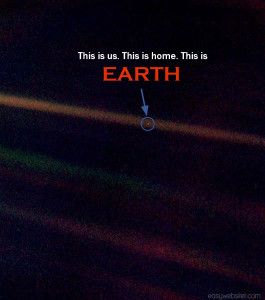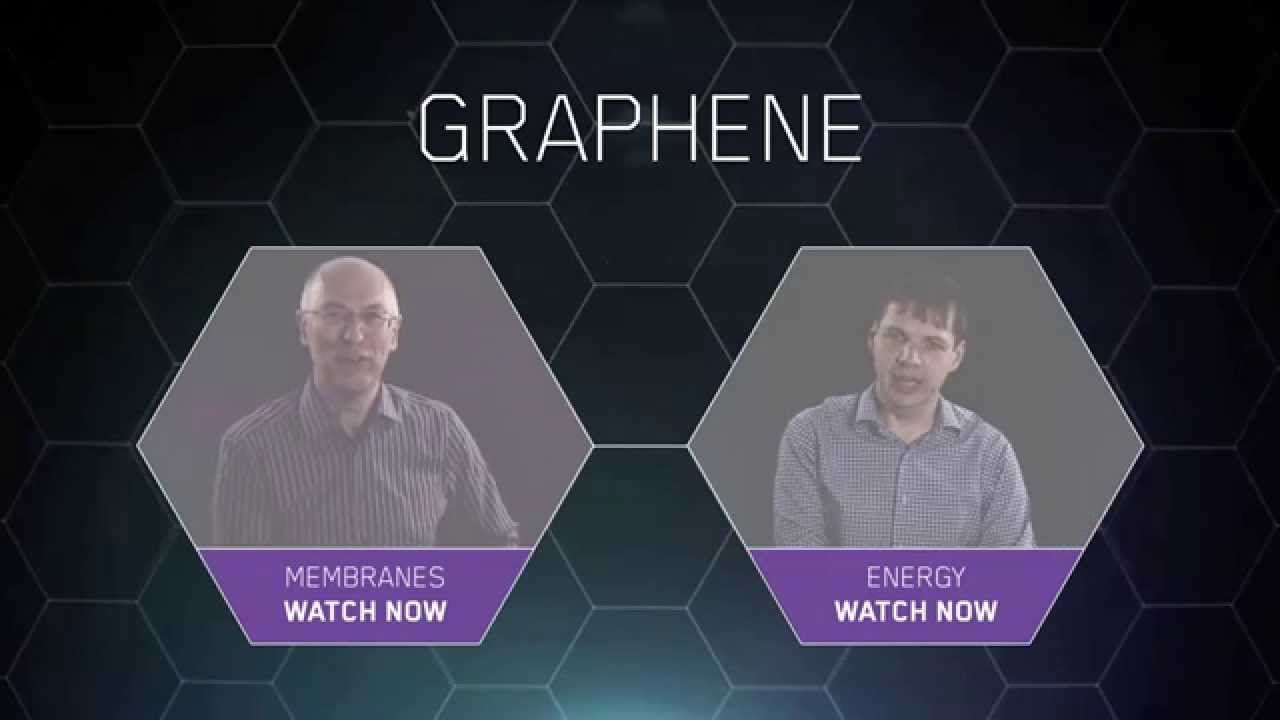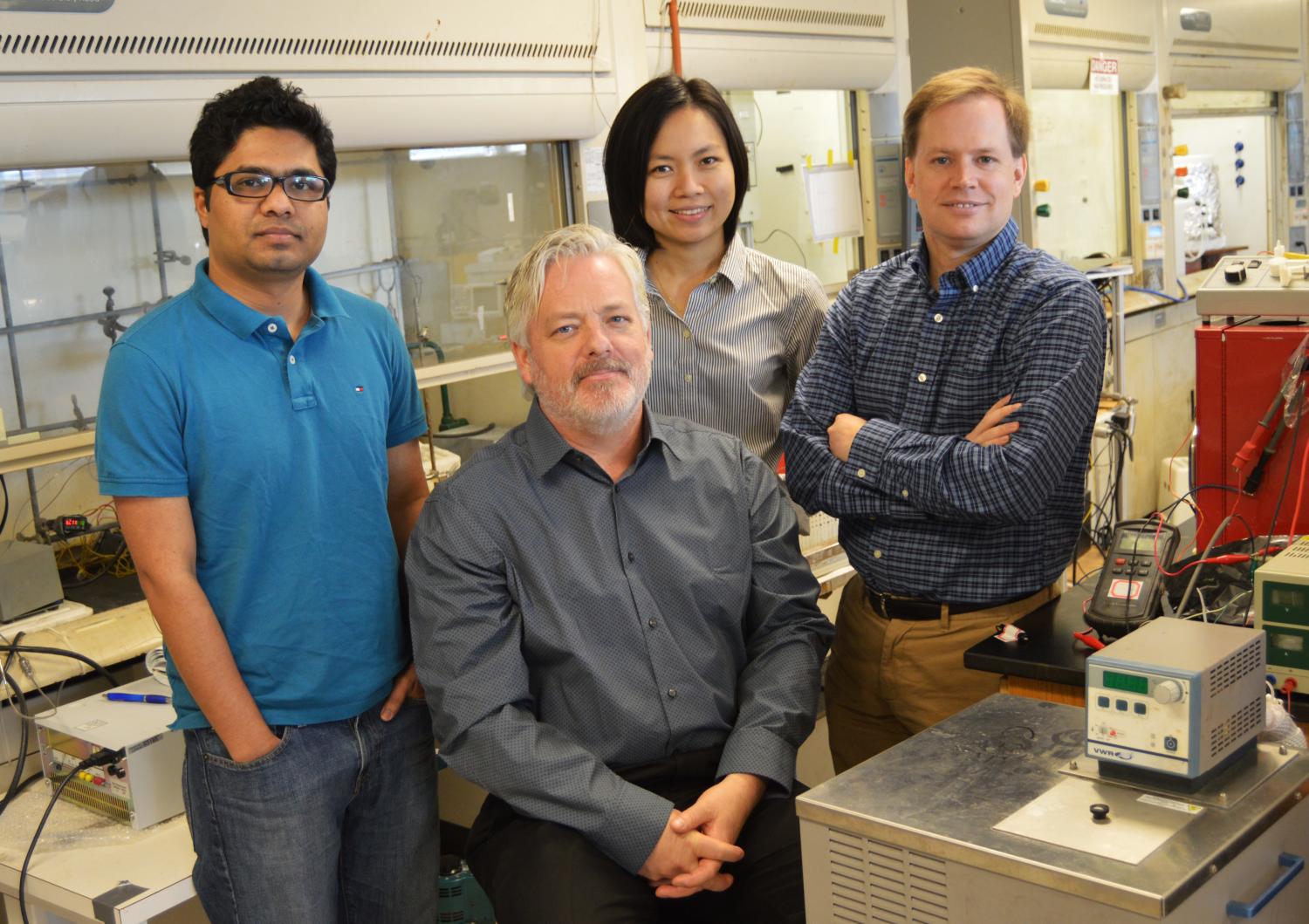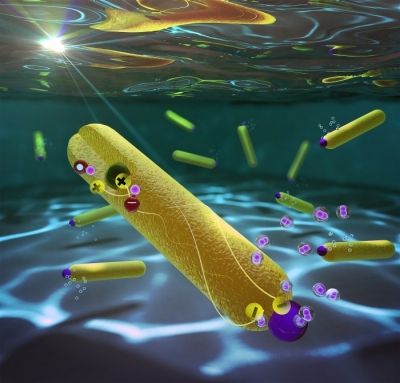Feb 25, 2016
“The limits to growth”, a prescient classic according to Nature | The Club of Rome
Posted by Odette Bohr Dienel in categories: environmental, sustainability
“While Nations gathered in Paris to negotiate an international agreement to limit greenhouse-gas emissions, Nature published a special issue “Paris Climate Talk” to cover the run-up to COP21. For this issue, Nature asked Adam Rome, environmental historian at the University of Delaware in Newark, to revisit the classics that first made sustainability a public issue in the 1960s and 1970s.”

















